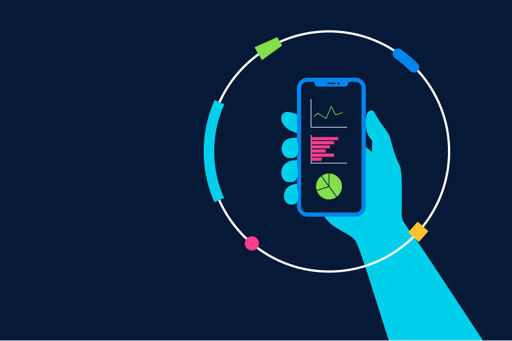 Better questions. Better insights.
Better questions. Better insights.
Investor 360™
We’re asking better questions to help give you a full view of what’s ahead, what’s important, and how our investing teams are responding. With our editorial lenses—In the Loop, From the Field, In the Spotlight, On the Horizon, and Make Your Plan—clients are at the center of our best thinking.
Collections
items
The Angle
The Angle podcast brings you sharp insights on the forces shaping financial markets.

Market Volatility Insights
Discover how our active management approach has guided clients through market volatility. Stay up to date on the latest insights and come out ahead.

Active Management Insights
Stay current on active portfolio management tactics to help achieve financial goals.

Equity Insights
Insights to help you navigate global stock markets

Fixed Income Insights
Navigate global bond markets with expert fixed income insights

Healthcare Insights
Comprehensive healthcare investment insights to keep you informed.

Markets and Economy Insights
Navigate changing global markets with expert insights

Multi-Asset Insights
Insights to help you position your portfolio for success

Personal Finance Insights
Explore financial essentials, education on a variety of investment products, and strategies to help craft your personalized financial plan

Retirement Insights
Resources to help you plan for retirement

CONFIDENT CONVERSATIONS® on Retirement
This retirement-focused podcast features experts who provide actionable strategies for your future on a range of financial topics.